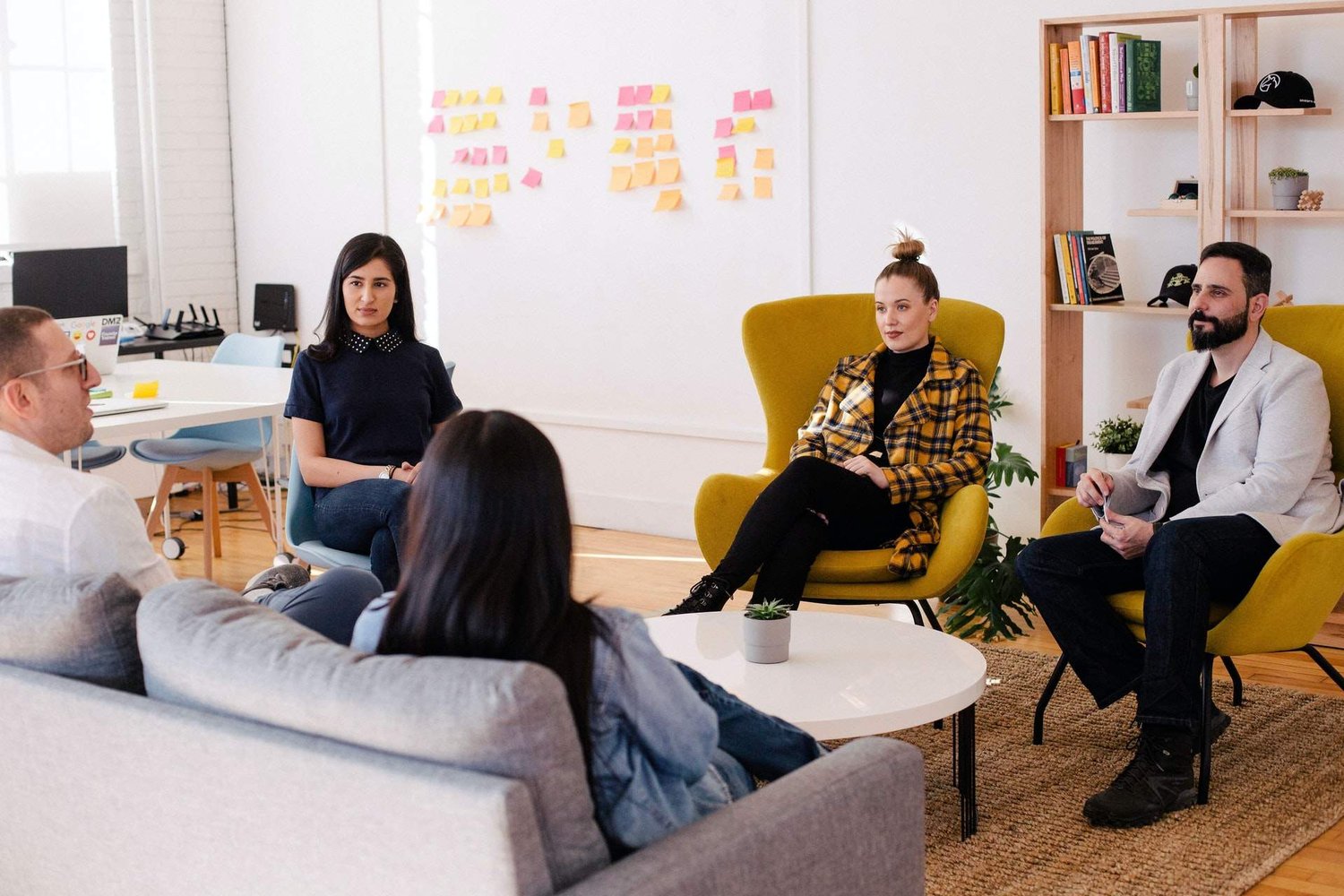'You've got to start with the customer experience and work backwards to the technology.' — Steve Jobs
A human-centered design approach places focus back on the customer.
Need inspiration? Just look at companies like Apple, Slack and Uber. These businesses aren't just recognizable names; they've sharpened their customer-focused design habits into respectable empires. But, in order to become like them, you have to evolve the software design process away from what-the-designer-wants to what-the-customer-wants.
So, here are a few tips that'll ensure your finished product becomes that 'preferred solution' for your target customers. Once you're done, we're pretty sure you'll have cultivated your own empire.
The Stakeholder’s Guide to QA Testing
Discover how investing in QA early protects ROI, prevents costly rework, and leads to smoother launches and satisfied users.
Empathize with your target audience
Empathy is making a name for itself in the world of UX design. And we're not just talking about 'love thy neighbor' here. Empathy, in this sense, is about comprehending your customer's needs.
To hone your empathy levels, consider the following approaches:
- Communicating. Talk to your potential customers about their needs by forming a focus group. Immersion is also an effective way for a designer to become intimate with the target customer's needs.
- Learning. Adapting a 'growth mindset' is crucial - don't become a know-it-all and forget that you're serving a constantly changing market.
- Accepting feedback. To fully fledge an effective product, you'll need to incorporate feedback into every stage of your product journey. From design, to development, to support, the customer needs will drive your approach.
Share with your team
It's a fact of life: growth is best done when you're part of a team.
In fact, studies show that collaboration (and the reaping of subsequent rewards) improves productivity by 7.8 percent a year.
Participating in ideation sessions and feeding off each other's brilliance can be refreshing. This is what Dave Thomson at Wanderful Media calls an 'extroverted design process'. His belief embodies this: the best ideas are the ones shared. This is similar to what we stated above; except, this time, you're empathizing with your team.
Build and compare prototypes
Multiple, low-cost prototypes are a UX designer's best friend.
So, consider comparing your prototypes against one another. For example, you can assess:
- Design flaws and shortcomings. How well does the prototype perform according to customer needs?
- Trials and tests. Does the prototype fulfill its role in helping the people you've designed it to help?
- Fail and repeat. As 'back-to-school-you-go' as this sounds, failure and repetition do breed improvement opportunities. Assess flaws. Question those flaws. Then, build once more (preferably without flaws).
- Listen to prototype reviews. Using the feedback you get from real people is a great way to learn more about your customer's needs.
User-oriented design is the way to go
All roads of the design process should lead- you guessed it- back to the target customer. So, when designing your application, keep your consumer in mind.
Herbert A. Simon once famously said that a good design is one that changes 'existing situations into preferred ones'. To get an idea of what would be preferred, we must first understand the current flaws.
What better way to achieve this than by prioritizing your user?


